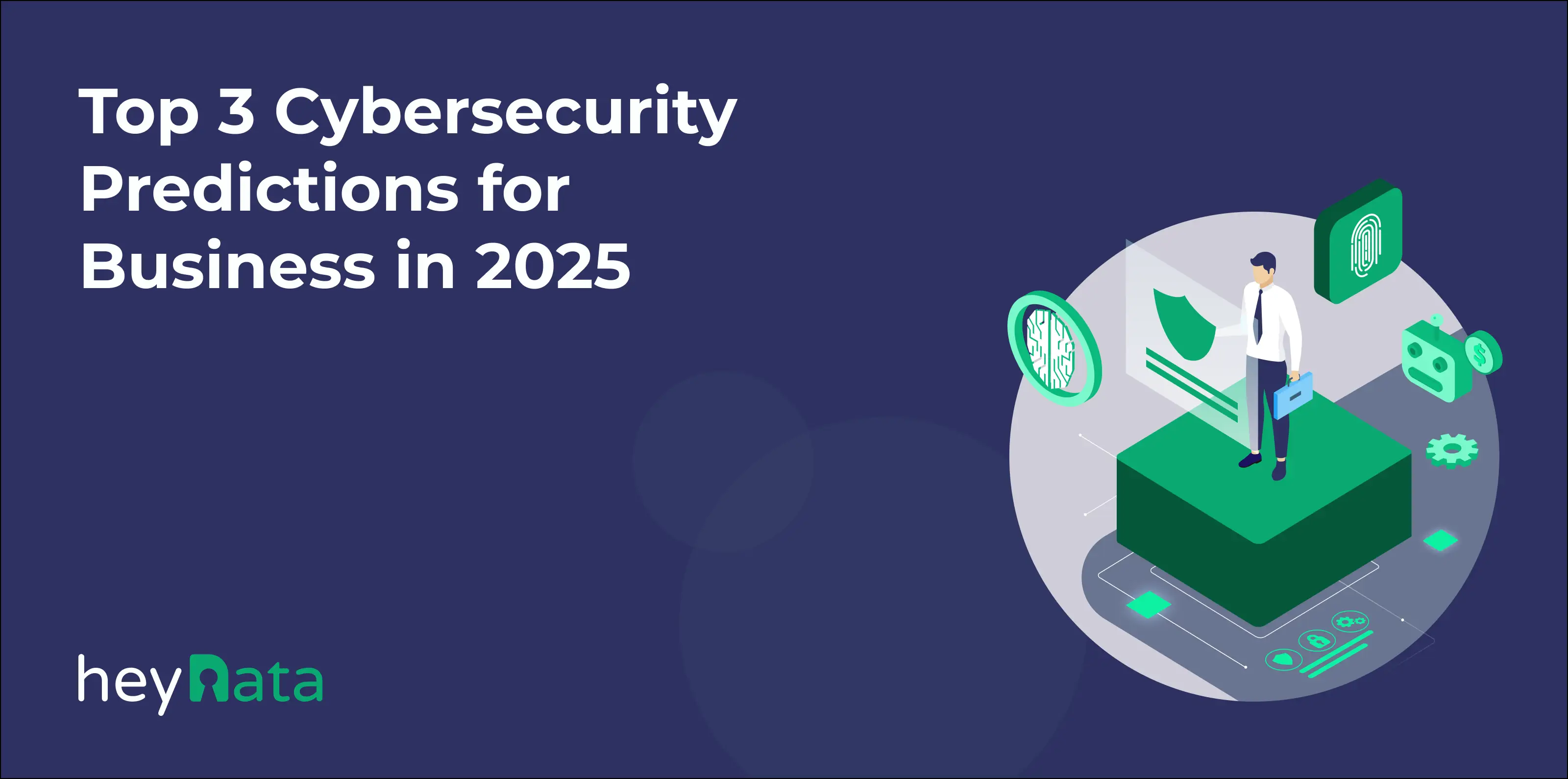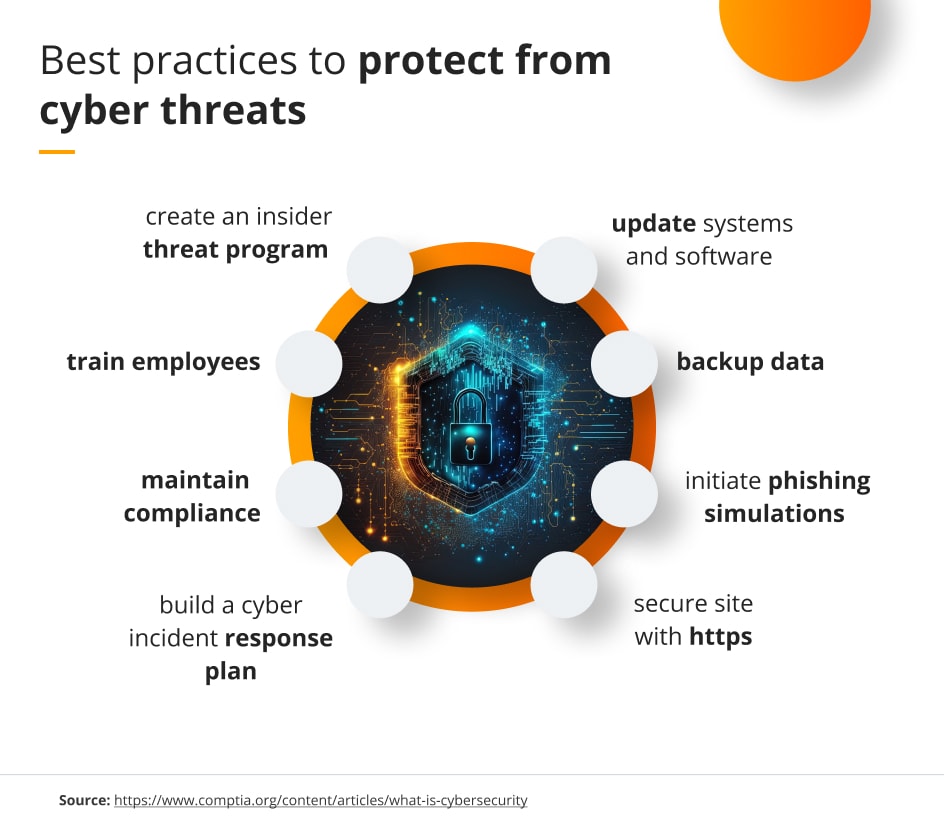Leading Cybersecurity Forecasts for 2024: Stay Ahead of Emerging Risks
As we come close to 2024, the cybersecurity landscape is positioned for considerable transformation, driven by arising threats that companies must not only prepare for however likewise tactically address. With regulatory changes on the perspective and a crucial focus on cybersecurity training, it is critical for companies to reassess their approaches to continue to be resistant.
Rise of AI-Driven Assaults
As companies progressively take on synthetic intelligence innovations, the possibility for AI-driven strikes is coming to be a vital worry in cybersecurity. Cybercriminals are leveraging AI to boost the elegance and efficiency of their strikes, creating a landscape where typical safety actions might falter. These assaults can make use of artificial intelligence algorithms to identify susceptabilities in systems and networks, causing extra targeted and harmful breaches.
AI can automate the reconnaissance phase of a strike, making it possible for adversaries to collect vast quantities of information promptly (7 Cybersecurity Predictions for 2025). This capability not only reduces the moment required to introduce a strike but additionally boosts its accuracy, making it harder for defenders to anticipate and reduce hazards. Additionally, AI can be made use of to produce persuading phishing systems, produce deepfake content, or manipulate data, additionally complicating the cybersecurity landscape
Organizations should focus on the combination of AI-driven cybersecurity solutions to respond to these arising threats. By using innovative danger discovery systems, organizations can enhance their capacity to recognize and neutralize AI-generated strikes in real time. Continual investment in training and understanding programs is likewise crucial, as it furnishes employees to acknowledge and react to prospective AI-driven hazards successfully.
Increased Ransomware Class
The increase of AI-driven strikes is not the only fad reshaping the cybersecurity landscape; ransomware attacks have also advanced, ending up being progressively innovative and targeted. As cybercriminals refine their methods, organizations deal with enhanced dangers that need flexible approaches to mitigate potential damage.
Modern ransomware threats now utilize advanced strategies, such as double extortion, where assailants not just encrypt information yet additionally intimidate to leak delicate details if their needs are not satisfied. This adds an extra layer of pressure on sufferers, typically compelling them to pay ransom money to safeguard their online reputations and client trust.
Moreover, the use of automated tools and device discovering algorithms by wrongdoers has streamlined the assault procedure, enabling them to recognize susceptabilities much more effectively and personalize their methods versus certain targets. Such advancements have led to a disconcerting surge of assaults on vital framework, medical care systems, and supply chains, highlighting the need for robust cybersecurity structures that prioritize real-time danger discovery and reaction.
To respond to these advancing hazards, companies have to spend in thorough training, advanced security technologies, and incident reaction intends that incorporate lessons gained from past ransomware occurrences, ensuring they stay one step ahead of increasingly complex assaults.
Development of IoT Vulnerabilities
With the rapid development of the Web of Things (IoT), susceptabilities linked with these interconnected tools have actually become a critical issue for organizations and individuals alike. The proliferation of smart devices, from home devices to industrial sensors, has actually produced a large strike surface area for cybercriminals. Several IoT tools are deployed with minimal safety and security methods, commonly utilizing default passwords or outdated firmware, making them susceptible to exploitation.
As devices come to be interconnected, the possibility for large assaults increases. Endangered IoT devices can offer as entry points for assailants to penetrate even more safe and secure networks or launch Dispersed Rejection of Solution (DDoS) attacks. The lack of standardization in IoT protection measures Visit Your URL further intensifies these susceptabilities, as varying makers carry out varying degrees of safety
In addition, the enhancing elegance of malware targeting IoT devices poses significant threats. Threat actors are continuously establishing new methods to make use of these weaknesses, leading to potential information breaches and unapproved access to sensitive information. As we relocate right into 2024, companies have to focus on IoT safety and security, carrying out robust measures to safeguard their networks and mitigate the threats linked with this quickly growing landscape.
Governing Modifications Impacting Protection

In 2024, we anticipate to see more rigid compliance needs for services, particularly those that produce or release IoT devices. The intro of regulations such as the European Union's Cyber Strength Act and updates to existing frameworks like the NIST Cybersecurity Framework will certainly stress safety and security deliberately. Organizations will certainly be browse around this web-site mandated to apply robust safety actions from the initial phases of product advancement, making certain a proactive stance versus potential vulnerabilities.
Additionally, governing bodies are likely to impose considerable fines for non-compliance, compelling companies to focus on cybersecurity financial investments. This change will not just boost the overall safety stance of organizations however will certainly additionally cultivate a society of responsibility in shielding user data. As policies tighten, the onus will progressively drop on companies to demonstrate compliance and safeguard against the ever-evolving dangers in the electronic landscape.
Focus on Cybersecurity Training
Organizations' dedication to cybersecurity training is coming to be significantly crucial as dangers advance and strike vectors increase. With cybercriminals continually establishing advanced strategies, it is paramount for employees in all degrees to recognize the dangers and identify their duty in alleviating them. Comprehensive training programs furnish personnel with the understanding and abilities necessary to recognize possible dangers, such as phishing assaults, social engineering tactics, and malware.
Furthermore, a culture of cybersecurity recognition promotes watchfulness among workers, decreasing the possibility of human error, which stays a substantial susceptability in several companies. Frequently updated training modules that reflect the most recent dangers will make certain that team continue to be educated and qualified of reacting effectively.


In 2024, companies will likely focus on continuous education and simulation exercises, enabling employees to practice their reaction to real-world circumstances. Collaboration with cybersecurity experts for tailored training services may also become much more widespread. Eventually, spending in worker training not only enhances an organization's defense position great post to read however also cultivates a proactive technique to cybersecurity, enhancing the idea that protection is a common duty across the business.
Final Thought
Finally, the cybersecurity landscape in 2024 will be shaped by the surge of AI-driven strikes, significantly innovative ransomware methods, and the development of susceptabilities connected with IoT devices. Governing adjustments will certainly require enhanced conformity procedures, underscoring the significance of integrating protection deliberately. Moreover, a solid focus on comprehensive cybersecurity training will be crucial in cultivating a business culture resilient to emerging threats. Positive adjustment to these patterns will certainly be crucial for efficient defense techniques.